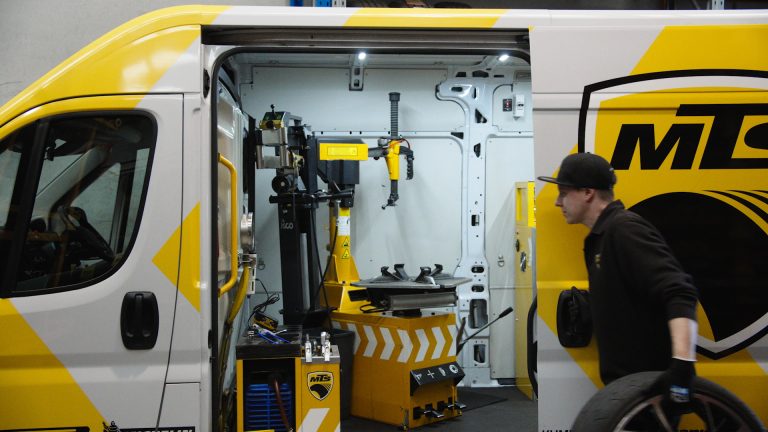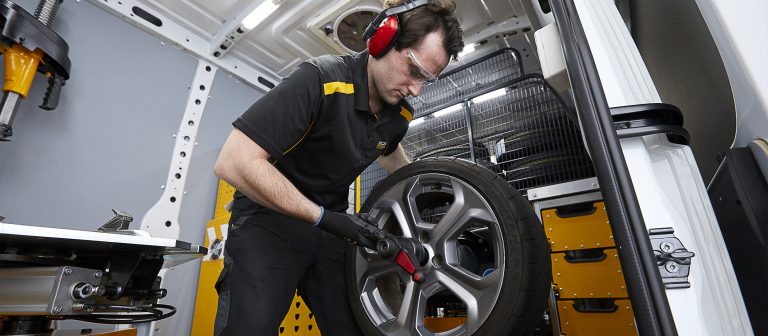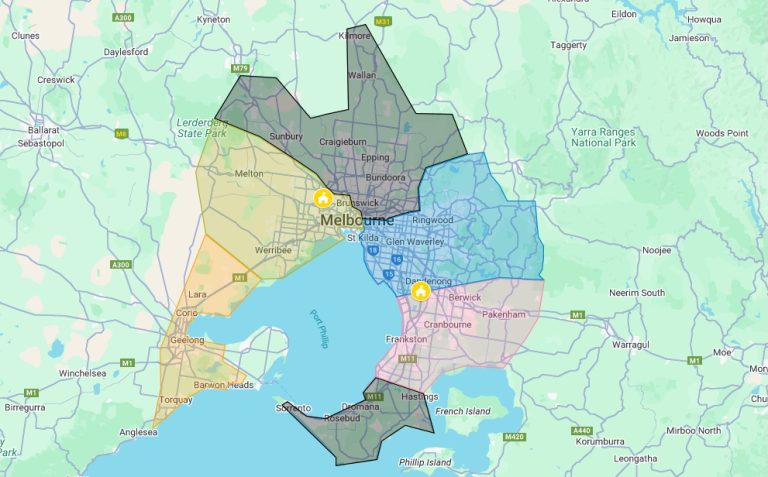01 Oct 2017
4WD Tyre pressures, what’s right for me?
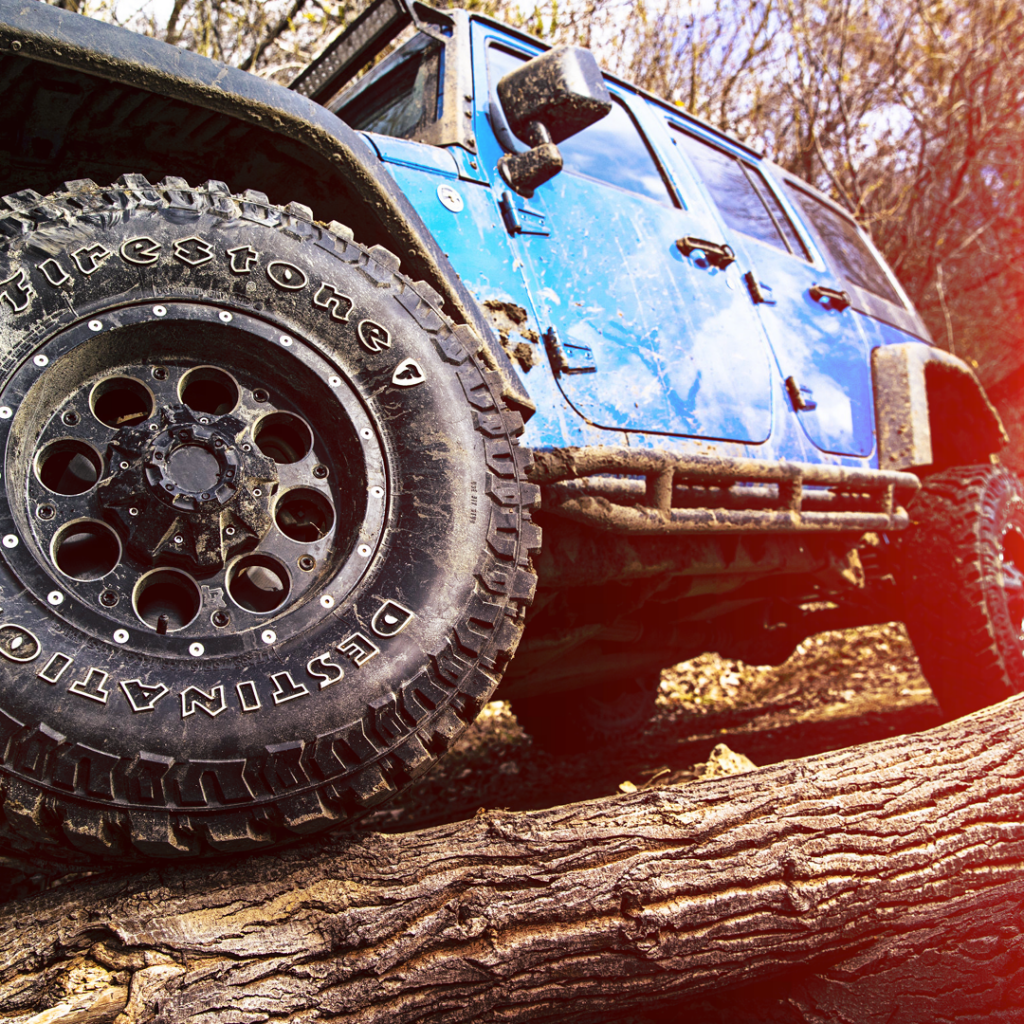
Own a 4WD? This one’s for you!
Tyre pressures in 4WD are incredibly important, even more so than that on a sedan or hatchback. The air pressure in tyres affects your 4WD in different ways. With the right 4WD tyre pressure on the road, you can enjoy a smoother ride and ensure that your tyres are in good condition. If you are wondering what tyre pressure for a 4WD is ideal, the following guide is sure to help.
Choosing the right tyre pressure is vital and requires consideration of a number of factors like the vehicle and driving conditions. Be it the tyre pressure for 4WD on a highway or the 4WD tyre pressure on the sand, the correct pressure varies in different terrains. Mobile Tyre Shop will go through the differences and ways to avoid getting stuck in the sand!
Tyre Pressure Guide For 4WD
Understanding the impact of tyre pressure on your 4WD is incredibly important, even more so than that on a sedan or hatchback. Air pressure in your 4wd’s tyres can affect your driving experience for the better or for worse, so when properly understood you can manipulate it to your advantage! Tyre pressure is measured in psi (pounds per square inch) and it can dictate how long your tyres last, how smooth the ride is, how much traction you have on the surface you are driving on, and importantly your overall safety. Don’t forget that it’s also important to get the right set of 4WD tyres for your adventure ahead of you!
Throughout this article we will go through the different four wheel driving scenarios and what the relevant tyre pressure is for each one. Ultimately we want to get you to have more control over your 4WD’ing experience, and to stay safe on the road.
Lowering air pressure
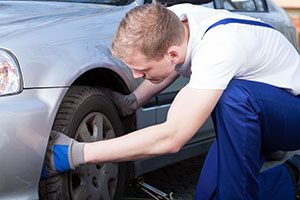 Lowering your air pressure in your 4WD is important when driving off-road. Having the correct PSI for 4WD tyres can enhance your vehicle’s performance and also prevent tyre damage. Traction is king when you’re planning to go off-road. If your vehicle can’t gain traction, then you won’t be going anywhere fast.
Lowering your air pressure in your 4WD is important when driving off-road. Having the correct PSI for 4WD tyres can enhance your vehicle’s performance and also prevent tyre damage. Traction is king when you’re planning to go off-road. If your vehicle can’t gain traction, then you won’t be going anywhere fast.
The idea behind lowering your air pressure when off-roading is that by letting down the tyre you are allowing the tyre to expand at the bottom, giving you more surface area of the tyre touching the ground. This makes a huge difference when off road and allows you to get through areas thata fully inflated tyre could not.
Another great example of why you need to lower your tyre pressure is when you are heading into a muddy area off-road. By extending the surface area that your tyre your vehicle is less likely to sink into the mud as the weight of your 4WD is more spread out.
Why tyre Pressure is important
Having the correct psi for 4WD tyres can enhance your vehicle’s performance and also prevent tyre damage. Traction is very important when taking your vehicle off-road, and if you don’t understand tyre pressure and its variables then you may find you have a hard time getting traction while off road. Lowering your tyre pressure is very important when going off-road – in fact, each terrain will have a varying native tyre pressure range which will work best for the tyre and ultimately improve the driving experience.
Best 4WD Tyres for all terrain?
All terrain tyres would be the simple answer. All terrain tyres will allow you to go pretty much anywhere your 4WD can go, as they are built tougher than standard highway terrain tyres, with a more open tread pattern and stronger sidewall – allowing for that lower 4wd spec psi. All terrain tyres would be a beneficial purchase if you use your 4wd in both urban & off road conditions frequently. However, they are not necessary if you will only be using your car for paved roads, and can actually provide a bit of a disadvantage as they are louder on road, they reduce fuel economy and have a faster tread erosion. To shop the best range of all terrain tyres, click here!
Tyre Pressure On Road
For the most commonly driven type of road, it’s surprising how many people don’t bother checking their tyre pressure, or know what it’s meant to be at. This can result in higher fuel consumption, shorter tyre life and reduced road safety. The recommended psi for 4WD’s on bitumen is around 30-35 psi.
It is also good practice to read tyre pressure when the car has been at a stand still for around 3 hours, as when tyres get heat in them they tend to expand, and therefore alter the tyre pressure reading. A reputable tyre gauge such as ARB or Ironman brands is also recommended for an accurate reading.
Tyre Pressure On Sand
Due to sand being such a difficult surface to get proper traction on, dropping your 4WD’s tyre pressure significantly gives your tyres more surface area on the sand, which in turn allows for more traction and makes the driving experience a lot more controllable. Dropping your tyre pressure to 20 psi gives you a bit of breathing room to still be able to drive slowly along paved roads in between sand runs, at lower speeds, while allowing you to drive on hard, well packed sand. However, if you have found yourself on some very soft sand, or have become bogged – dropping your tyre pressure to as low as 8 psi will help you out.
Tyre Pressure on Dirt Tracks & Rough Gravel
When the road surface is pothole ridden gravel heavy tracks – it will work in your favor if you drop your tyre pressure slightly from bitumen roads, to something around 26-30 psi. Because you travel at lower speeds on these tyres of roads, and the tyres will have to endure sharp rocks and deep potholes allowing the tyres to have more give and therefore avoiding a puncture.
Tyre Pressure on Mud
Although 4WD’ing on mud can be a lot of fun, it can also be somewhere you find yourself very stuck, very quickly. This unpredictable terrain may require you to drop your tyre pressure down to 8 psi. Having said this, mud tracks can be very inconsistent and therefore a good approach may be to change your tyre pressure where needed along the way. Another thing that can help is to ensure you get a good set of mud tyres.
Tyre Pressure on Rocks
Similarly to that of dirt tracks, rocky roads often warrant a drop in tyre pressure. It really depends on how rocky the given road is, however a good window would be between 22-28 psi. The lower range being for the rockier sections, and the higher range obviously being for the less rocky sections. This drop in pressure will reduce your risk of tyre damage, punctures and improve the overall drive quality for those traveling with you!.
Tyre Pressure on Snow
Tyre safety is paramount when driving on snow covered roads, as it can be very easy to lose traction and start hydroplaning – resulting in the loss of steering, braking and power control. It is advisable to keep your tyre pressure at normal levels between 30-35 psi. At lower levels, you are more likely to hydroplane and/or get stuck. It is also important to have the right set of winter tyres, as well as follow local transport guidelines, as tyre chains may be required when driving in heavily snowy and icy regions.
So what is the right tyre pressure?
As you probably just learned – there is no ‘right’ tyre pressure – as it is so dependent on what type of terrain you are driving on and the conditions you are in. Your ideal tyre pressure will also change depending on the vehicle, the size and the type of tyre you are using, the load in which it’s carrying, as well as how long you have been driving on those tyres that day. Upon finishing reading this article, hopefully you can have a greater understanding of the many moving variables which can dictate the pressure best suited for your 4WD at any given time. If you have a good understanding of this, then you will be able to adjust accordingly throughout your 4WD’ing travels!
What is a definite though, is that if you are planning to go off-road or are planning any major 4WD trips you need to ensure you have high-quality tyres to match. Mobile Tyre Shop stocks every major brand of all-terrain and 4WD tyres. Contact us for a free quote on 1300 687 000. We also let you pay with Afterpay, so you don’t have to put off getting the tyres that will keep you and your family safe on the road today. Shop a range of tyres that best suit your car today only at Mobile Tyre Shop!
Puncture Resistance when running a lower tyre pressure
Mobile Tyre Shop repairs puncture every day out on Australian roads, in 4WD’s however, there are a few ways you can minimise the risk of getting a puncture when off-roading. Tyres that have a high pressure are more susceptible to punctures as the rubber has expanded on the tyre. However, if the tyre pressure is reduced it can then roll over sharper objects such as rocks without a puncture.


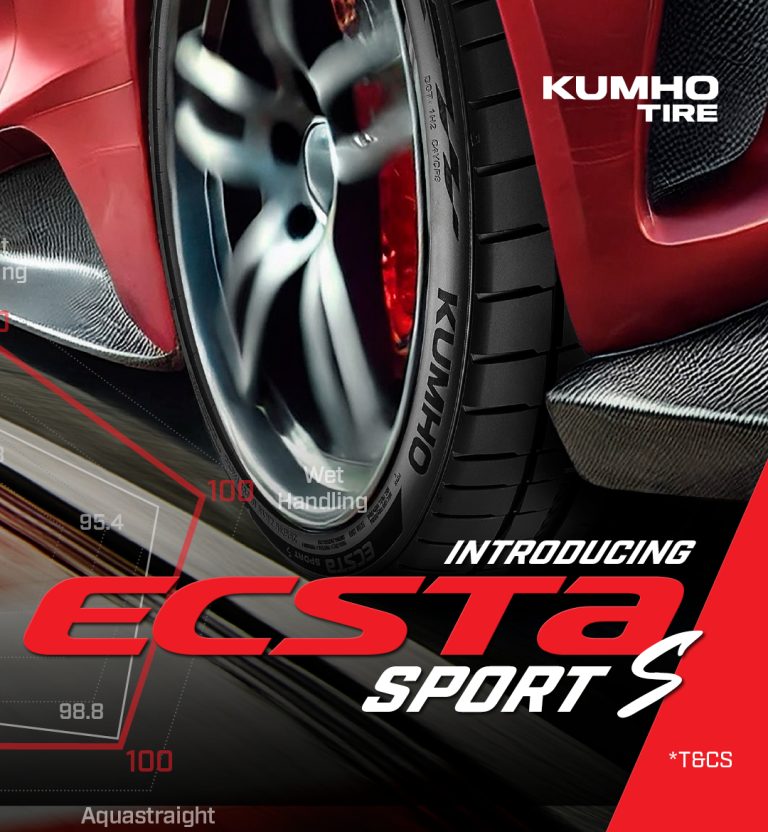

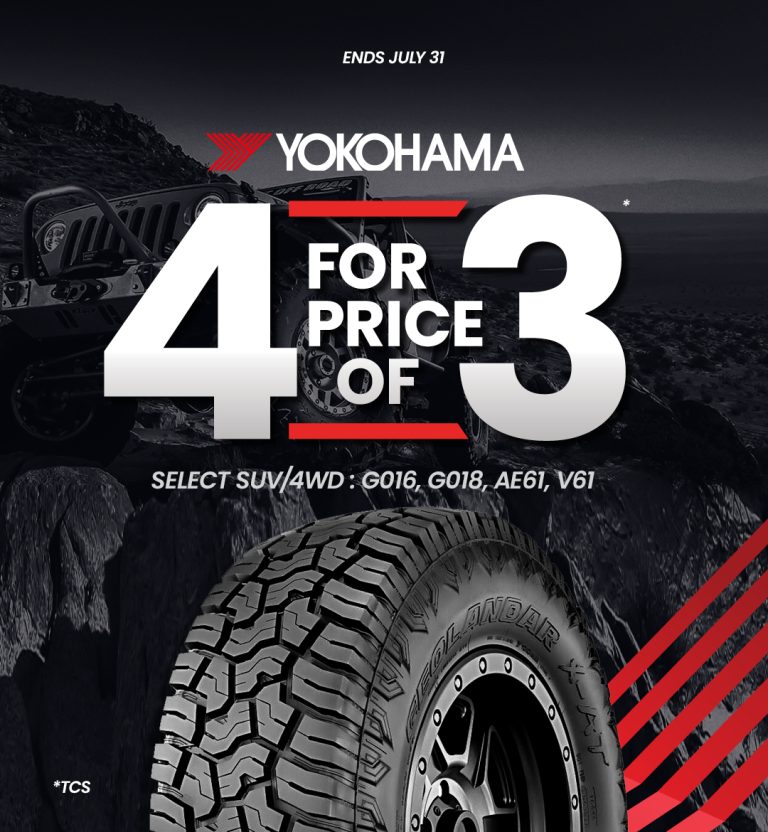
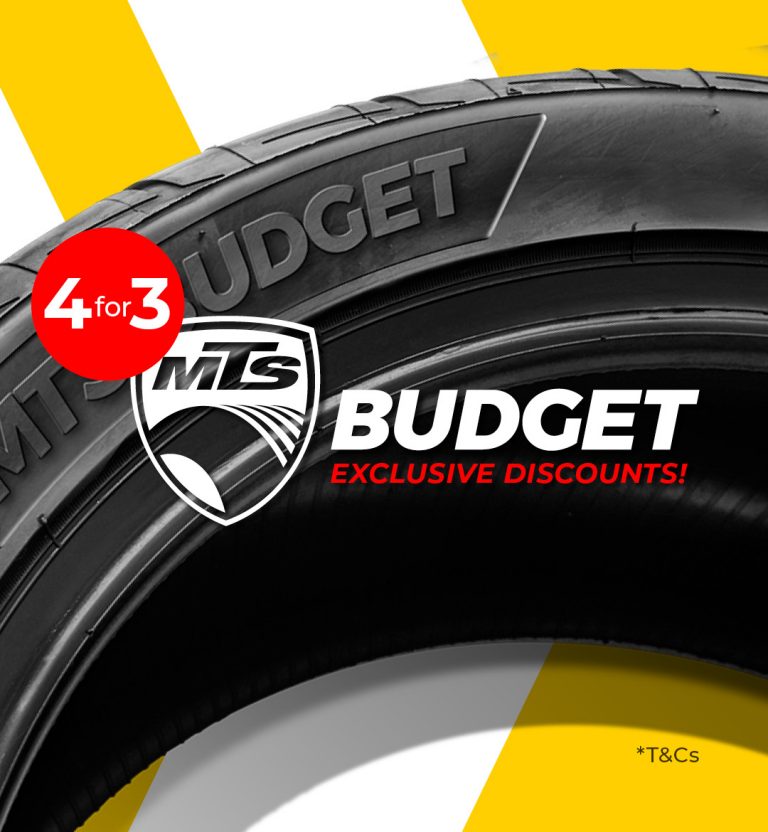
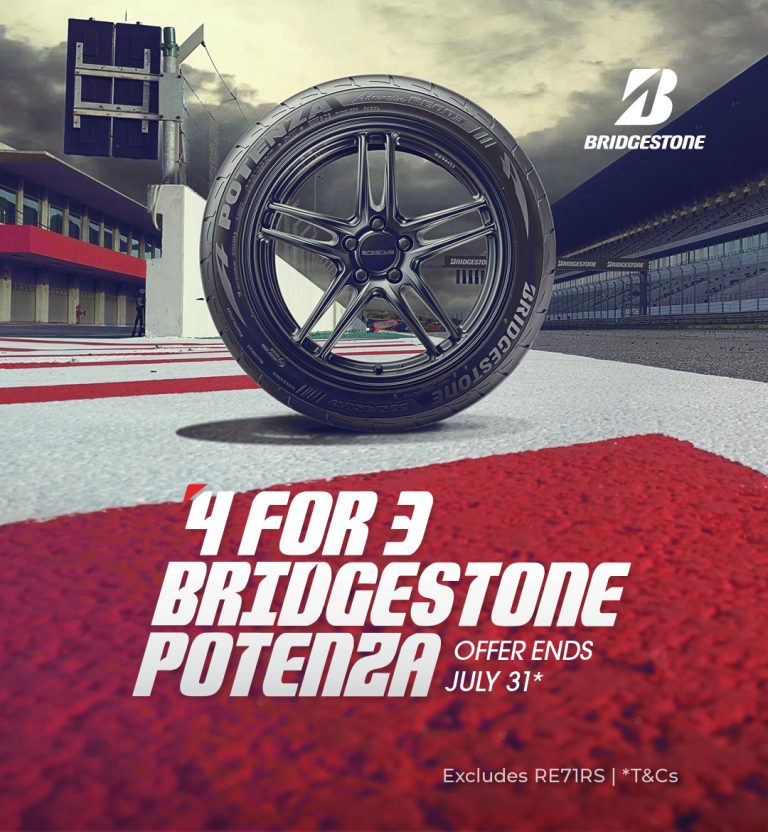






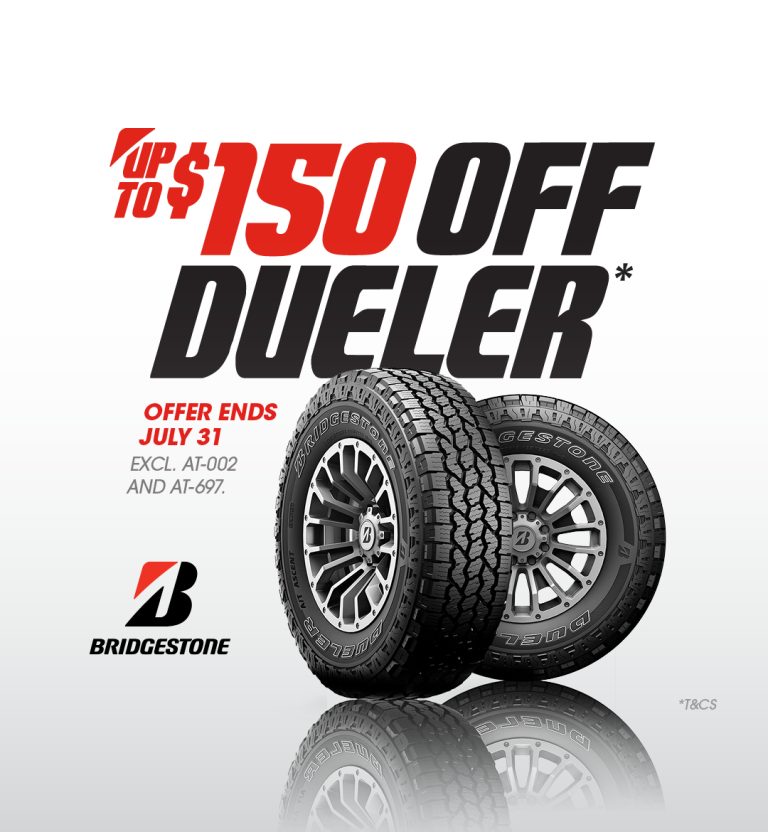
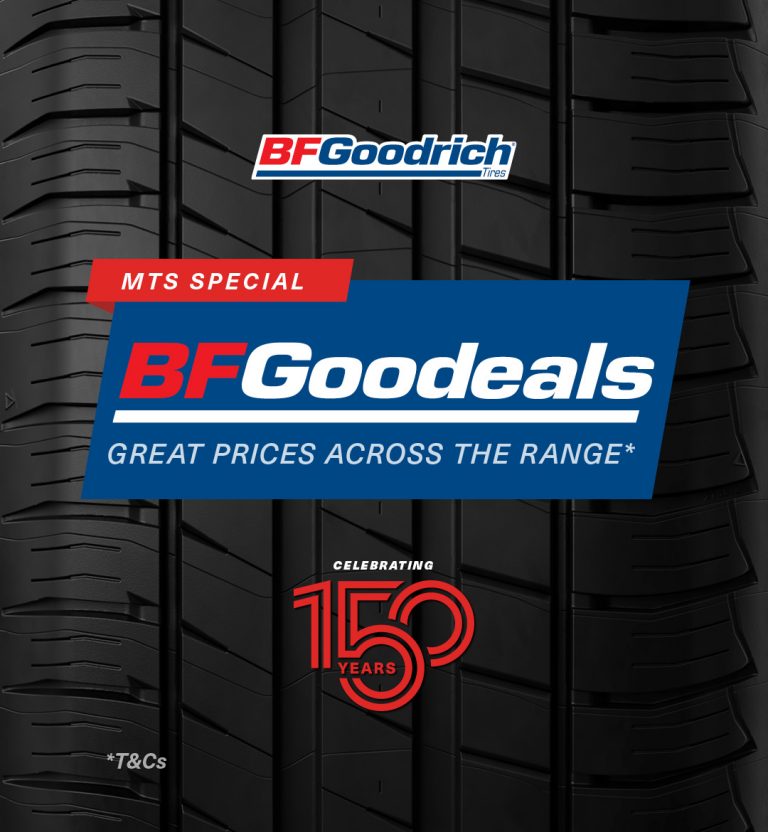

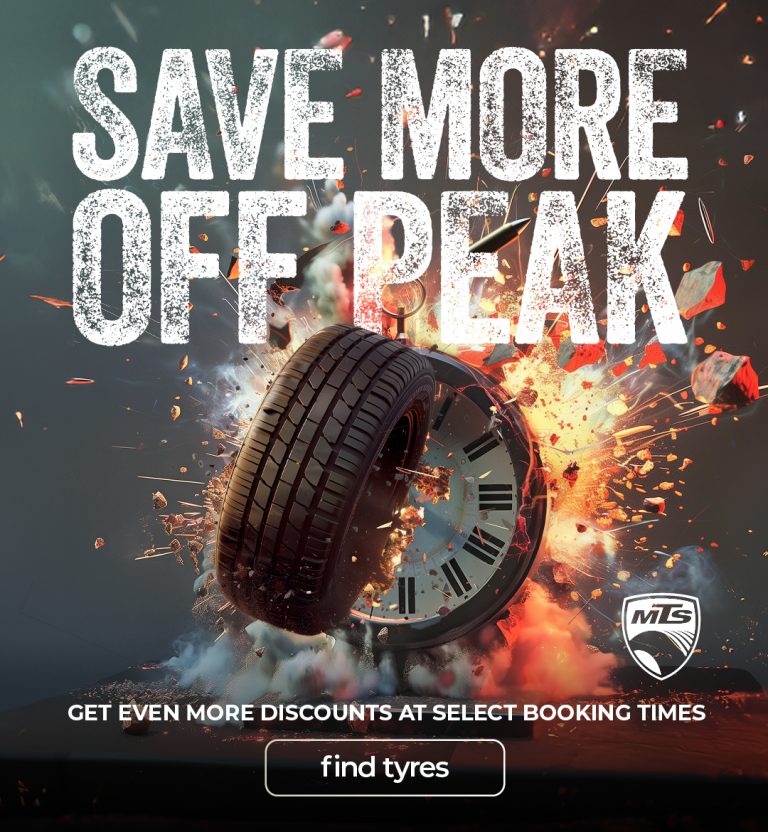



























































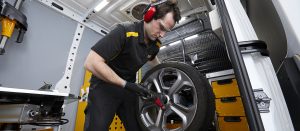
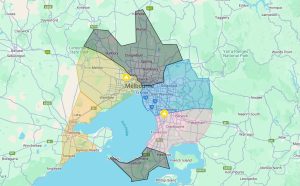



![6 Myths About Tyres [BUSTED]](https://mobiletyreshop.com.au/wp-content/uploads/2017/10/Post-5-768x578.jpg)

